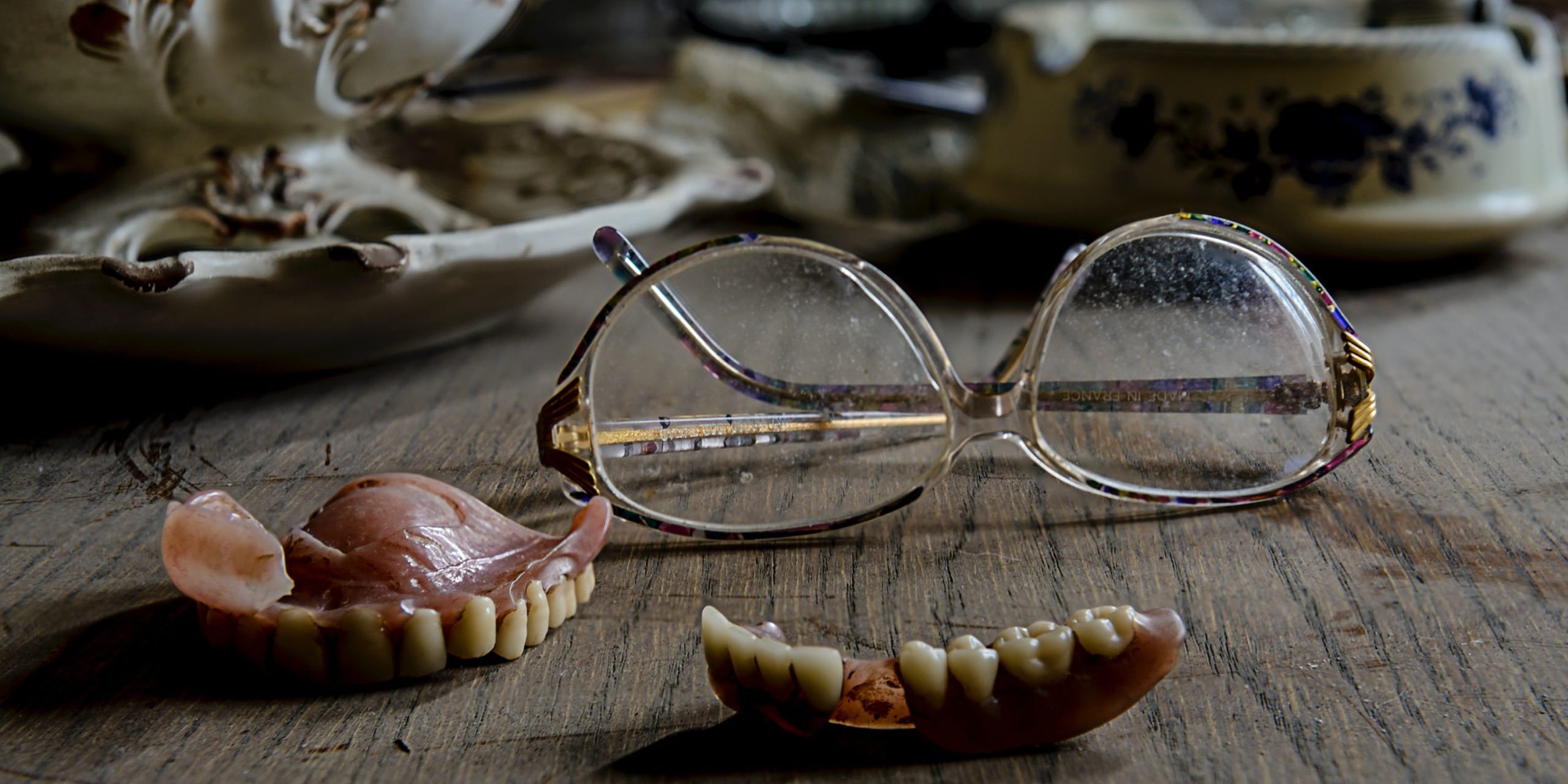Denture fabrication doesn’t come without its headaches. From reduced function, new sensations, new phonetics, and altered hygiene; getting comfortable with a new set of dentures is always tough for the patient. Adding denture stomatitis as an irritating factor makes it even tougher. Although the prevalence of denture stomatitis (the majority of which is asymptomatic) can be up to 70% as seen in some studies, direct causation and etiology is not confidently known.
Denture induced trauma
Ill-fitting dentures are one of the most common risk factors leading to denture stomatitis. Poor contact and mobility of the denture during function has been associated with increased pathogen presence on the intaglio surface of the denture, including C. albican.
In a study comparing 173 elderly patients who were treated with conventional dentures or implant overdentures, patients with conventional dentures were at a significantly increased risk of developing denture stomatitis, compared to the overdentures group. Personal oral hygiene was controlled amongst the two groups.
Oral hygiene
The most studied factor is leading to denture stomatitis is poor denture hygiene. Poor oral hygiene included both inadequate cleaning of all denture surfaces, and wearing the denture during sleep (which has shown a decreased pH in the mouth). Both practices have shown increased levels of pathogens including C. albicans, 82 bacterial phylotypes and 2 other fungal species.
The increased presence of C. albicans hyphae has been reported in denture wearing patients with denture stomatitis. Although other bacterial and fungal species are present, their population does not grow to the degree that of C. albicans.The presence of such hyphae can also lead to increased adhesion to the denture intaglio surface.
Denture material
Surface roughness and cracks of the denture base cause increased biofilm accumulation. Soft relining material aged more than one year can show signs of cracks and roughness. Prolonged tooth brushing can cause the same roughness and scratches. All of the above mentioned factors could lead to enhanced colonization of pathogenic species.
Hydrophobicity of the denture material has also been linked to increased biofilm presence on the denture base, when compared to dentures that were treated with a hydrophilic coating material.
Treatment
Many studies have been done on various treatment protocols of denture stomatitis, all which have shown to be well tolerated by patients and to reduce erythema in denture stomatitis.
- Oral fluconazole (50mg/day for 14 days)
- Topical miconazole (2% gel applied to denture fitting surface 3x day for 14 days)
- Daily treatment with nystatin powder (215,000 IU/ day) applied to the denture for 14 days
- Amphotericin B (10mg) as oral lozenge
- Soaking dentures in 0.2% chlorhexidine solution.
However, after cessation of any of the above treatment, denture stomatitis returned within 14 days in the examined patients. Therefore, patient hygiene education and fabrication of properly fitting dentures is the foundational treatment for denture stomatitis.


